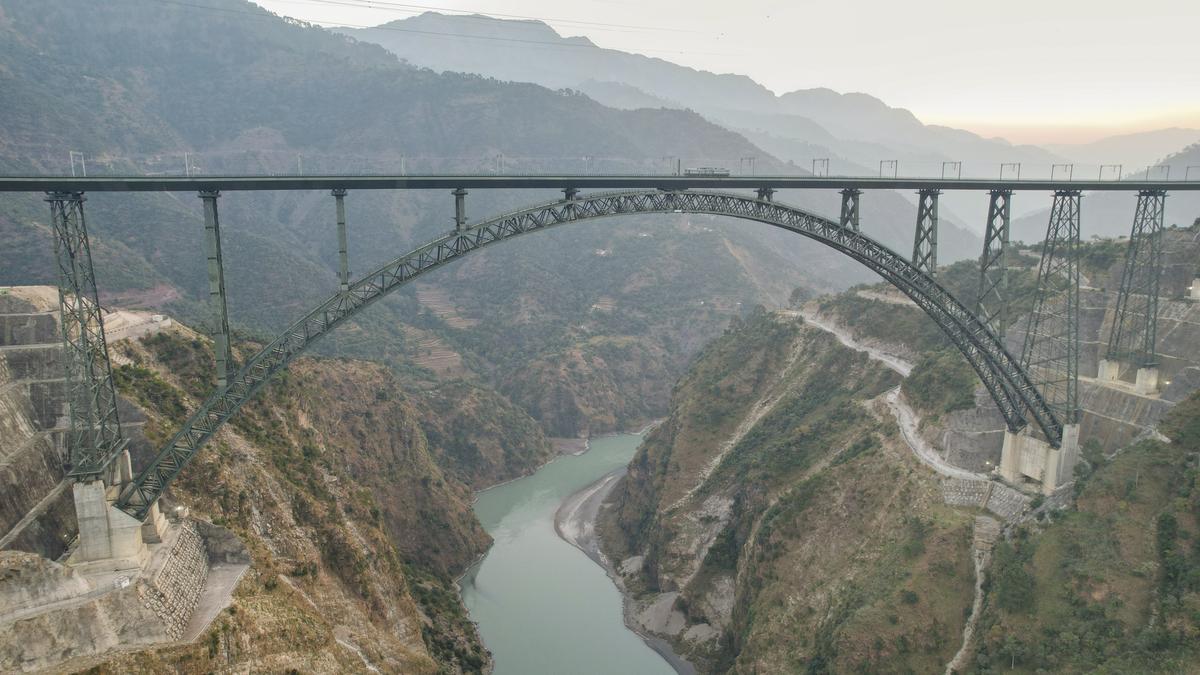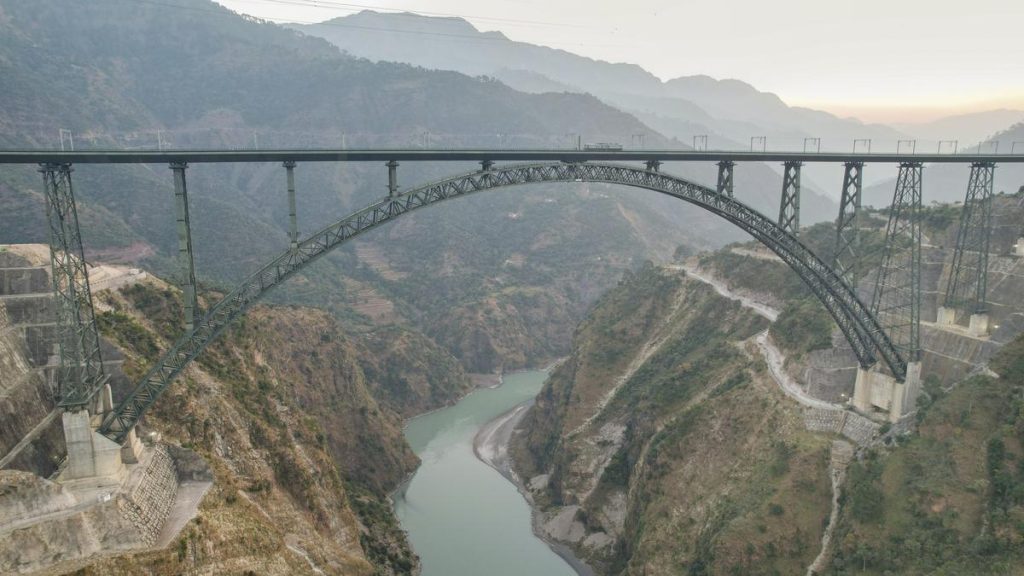Now Reading: On the Path to Inclusion
-
01
On the Path to Inclusion
On the Path to Inclusion

Rapid Summary
- The Udhampur-Srinagar-Baramulla rail link project, spanning 272 km through the Pir Panjal and Himalayan ranges, is now fully operational after nearly four decades of planning and construction.
- This railway line connects key areas in Jammu and kashmir such as Sopore, Anantnag, Qazigund, and Banihal to India’s larger economy.
- The project faced significant challenges including harsh climates,landslides,political uncertainty,and security concerns but was completed successfully by Indian Railways engineers.
- Benefits include improved connectivity for trade, emergency response resilience during highway closures due to adverse weather conditions; better accessibility for students and patients; potential to attract investors; industrial development near stations like Awantipora & Baramulla; promotion of socio-cultural exchange across regions.
- Future focus points include enhancing service frequency alongside last-mile connectivity integration via planned utilization hubs economic ecosystem/entrepreneurial functions clustered logistics rural-inclusive policymaking ecosystems collaboration roles Govt + privates entrepreneurial stake player ecosystem enable conversion socio-agent rural transform enhanced.
Indian Opinion Analysis
The completion of the Jammu-Baramulla rail link is more than an engineering milestone-it signals a broader narrative about integration between Jammu & Kashmir and mainstream India. On a practical level, it’s impact on mobility could boost regional economic development by expanding access to markets for goods and services while alleviating infrastructural bottlenecks long induced by reliance on road travel over challenging terrain. Though infrastructural vast/inclusive shiftنده-opportunities decentralized agri-centered modules around farms






















